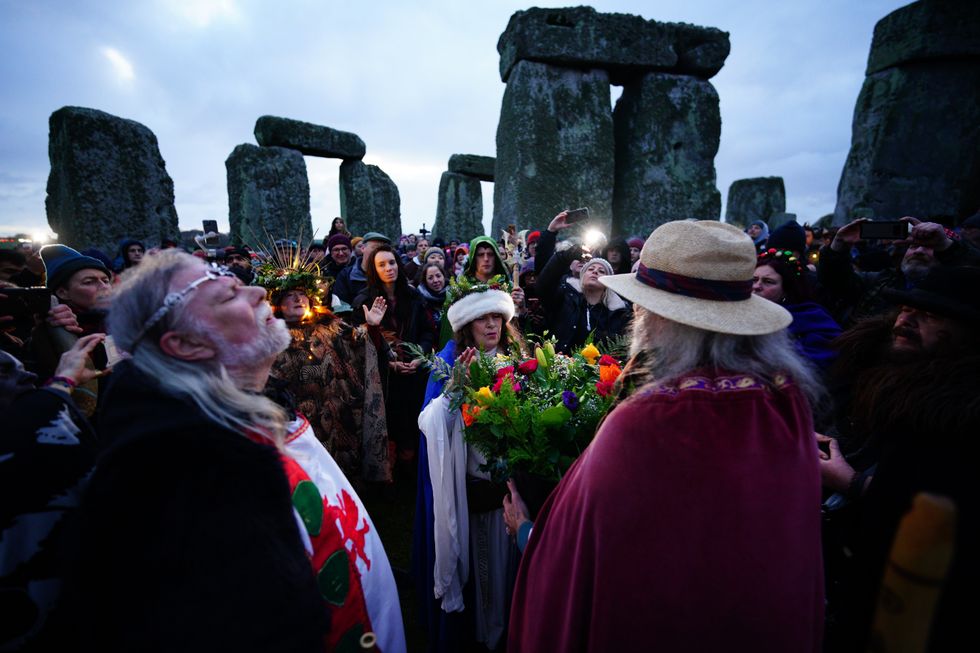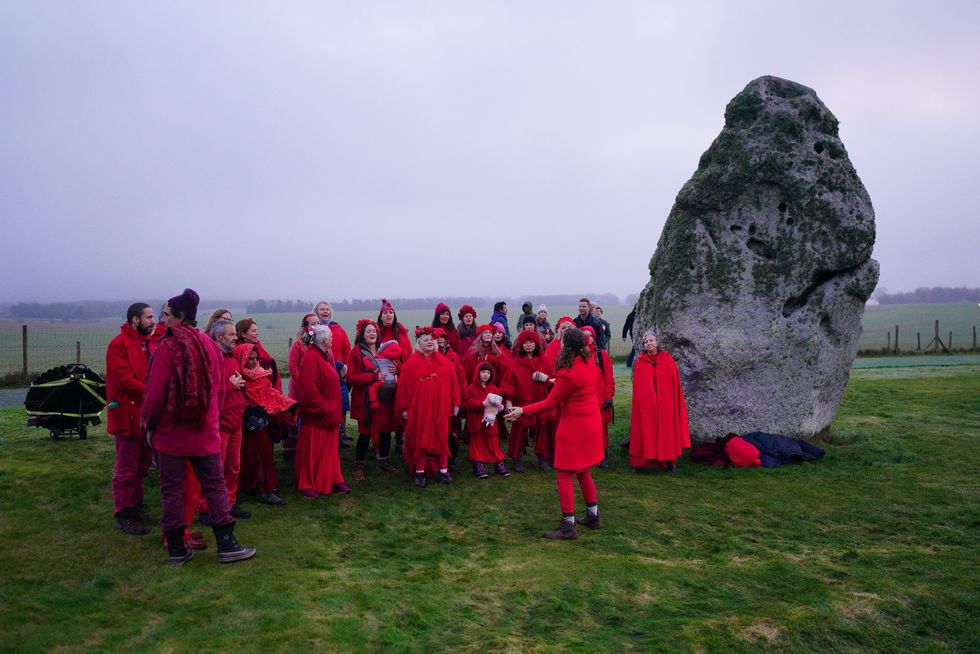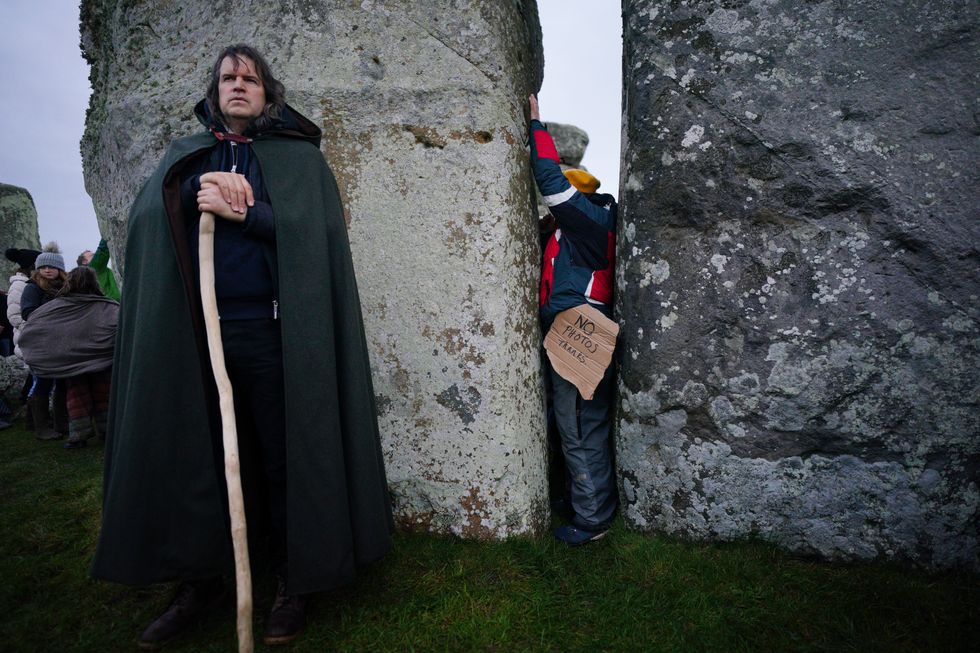Solstice derives from two Latin words: 'sol' meaning sun, and 'sistere' meaning to stand still
Don't Miss
Most Read
Trending on GB News
The winter solstice, marking the official start of the astronomical winter, will occur in just a few days time.
This celestial event represents a crucial moment in Earth's annual journey as it shows the reversal of the sun's apparent ebbing in the sky.
For those in the Northern Hemisphere, Saturday, December 21, will mark the shortest day and longest night of the year.
The astronomical winter season will continue until Thursday, March 20, 2025.

People take part in the winter solstice celebrations at the Stonehenge prehistoric monument on Salisbury Plain in Wiltshire.
PA
This natural phenomenon has captivated humans since prehistoric times, playing a significant role in shaping cultural traditions and celebrations across the globe.
While many associate winter's arrival with colder days and earlier sunsets, the winter solstice marks its true astronomical beginning.
The term “solstice” itself reveals the ancient understanding of this celestial event deriving from two Latin words: “sol” meaning sun, and “sistere” meaning to stand still.
The etymology reflects the apparent pause in the sun's movement as observed from Earth during this period.
For ancient tribes and communities in the Northern Hemisphere, the astronomical event held particular significance as it coincided with dying crops and freezing temperatures.
Without modern scientific knowledge, these communities struggled to understand why the sun's presence diminished during this period.
This led them to develop their own mythical explanations for the sun's behaviour, creating rich cultural narratives that would endure for generations.
Ancient cultures across the Northern Hemisphere viewed the sun as a feminine deity, creating diverse mythologies to explain the winter solstice.
Pre-Islamic southern Arabians worshipped the sun goddess Atthar, whilst Mesopotamian cultures revered Arunna, known as the Queen of Heaven.

People take part in the winter solstice celebrations during sunrise at the Stonehenge prehistoric monument on Salisbury Plain in Wiltshire
PA
In Viking mythology, the sun goddess was called Sol, while Inuit traditions spoke of the Sun Sister.
These feminine solar deities played central roles in explaining the changing seasons and diminishing daylight during winter months.
Such beliefs also reflected humanity's deep connection to the sun's warmth and light, which were essential for survival.
The various feminine solar deities demonstrate how different cultures independently developed similar explanations for this crucial astronomical event.
Nordic cultures viewed the winter solstice as "mothers night", believing it marked the time when their goddesses would give birth, bringing more light to the darkened Earth.
Finnish mythology offered a different explanation through the tale of Louhi, a goddess of the North who would capture both the moon and sun.
According to Finnish legend, Louhi would hold these celestial bodies captive inside a mountain, causing the cold, dark days of winter.
In the Scottish Highlands, the winter solstice was known as "Grian-stad Geamhraidh", meaning "sun-stop winter".
Scottish folklore told of a hag-goddess who brought winter's cold.
The only way to banish this winter deity, according to Scottish tradition, was to carve her likeness into a wooden log and burn it.

People take part in the winter solstice celebrations during sunrise at the Stonehenge prehistoric monument on Salisbury Plain
PA
Modern celebrations continue to honour these ancient winter solstice traditions at significant archaeological sites.
In England, people gather at Stonehenge to witness the winter solstice sunset, which aligns perfectly with the ancient monument.
Ireland's Newgrange monument serves a similar purpose, though it is specifically aligned with the winter solstice sunrise.
Newgrange in County Meath, Ireland, stands as one of Europe's most impressive prehistoric sites for winter solstice celebrations.
The 5,000-year-old monument, which predates the Egyptian pyramids, features an ingenious architectural design that creates a remarkable annual spectacle.
A small opening above the entrance, known as "the roof box," allows sunlight to illuminate the inner chamber for precisely 17 minutes on the winter solstice morning.









